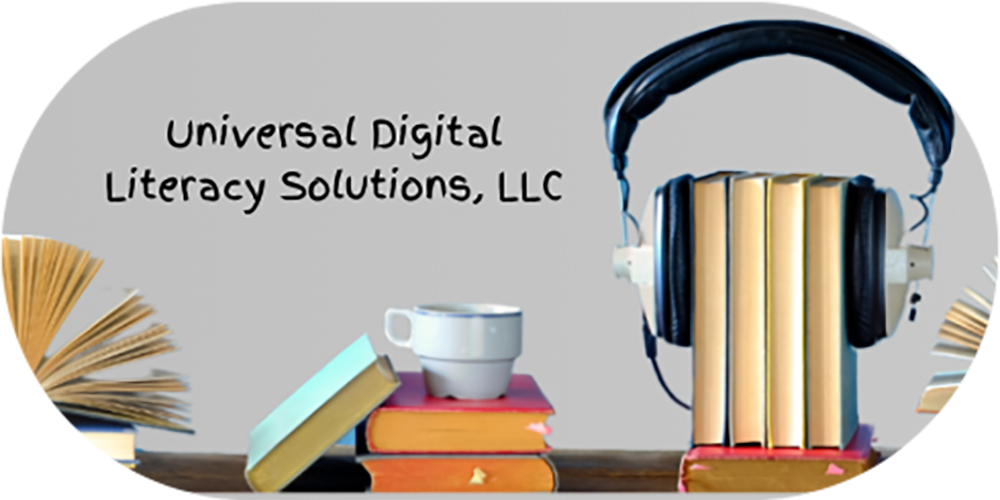Universal Digital Literacies (UDLs) within the framework of Universal Design for Learning (UDL) refer to the inclusive and accessible skills, practices, and competencies required for individuals to effectively engage with, create, and critically evaluate digital content across diverse contexts and platforms. These literacies are designed to accommodate a wide range of learning preferences ensuring that all learners can fully participate in the digital world.
Key Components of Universal Digital Literacies:
- Access and Navigation:
- Skills: Ability to access and navigate various digital platforms and tools.
- UDL Principles: Ensure that digital content is perceivable, operable, and understandable for all users and all abilities.
- Information Literacy:
- Skills: Ability to find, evaluate, and use digital information effectively.
- UDL Principles: Provide multiple means of representation to ensure information is accessible in various formats (e.g., text, audio, video, interactive content).
- Media Literacy:
- Skills: Ability to critically evaluate media messages and understand the role of media in society.
- UDL Principles: Offer diverse media formats and multiple means of engagement to cater to different learning preferences and encourage critical thinking about media.
- Communication and Collaboration:
- Skills: Ability to use digital tools for communication and collaboration.
- UDL Principles: Facilitate multiple means of action and expression by providing various communication tools (e.g., text, video conferencing, collaborative platforms) and ensuring they are accessible to all users.
- Creative and Ethical Digital Production:
- Skills: Ability to create digital content responsibly and ethically.
- UDL Principles: Encourage multiple means of engagement and expression, supporting creativity through accessible digital tools and promoting ethical digital practices.
- Critical Thinking and Problem-Solving:
- Skills: Ability to use digital tools for critical thinking and problem-solving.
- UDL Principles: Provide diverse, flexible methods for learners to demonstrate understanding and solve problems, ensuring tools and resources are accessible and usable by all.
Implementing Universal Digital Literacies:
- Inclusive Design:
- Design digital resources and environments that are usable by people with a wide range of abilities.
- Incorporate accessibility features from the outset rather than as an afterthought.
- Flexible Resources:
- Offer materials in multiple formats to cater to different sensory and cognitive needs.
- Provide options for customization, such as adjustable text size, color contrast, and audio speed.
- Supportive Technologies:
- Utilize assistive technologies like screen readers, voice recognition software, and alternative input devices.
- Ensure compatibility with a variety of assistive technologies to support diverse learners.
- Ongoing Training and Professional Development:
- Provide training for educators and learners on accessible digital practices.
- Encourage continuous learning and adaptation to new digital tools and trends.
By embedding these principles into the design and implementation of digital literacies, educators can create an inclusive learning environment that empowers all students to thrive in the digital age.


Leave a comment